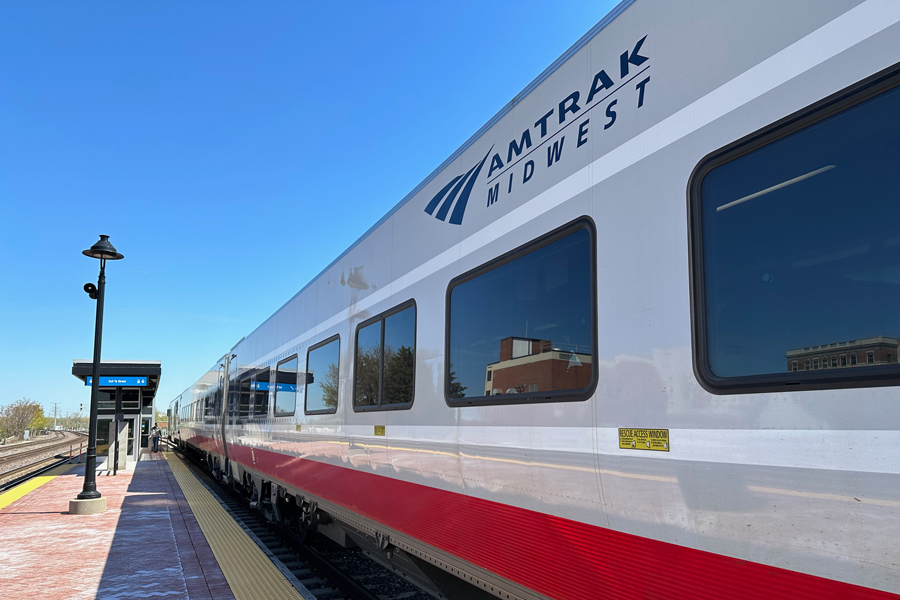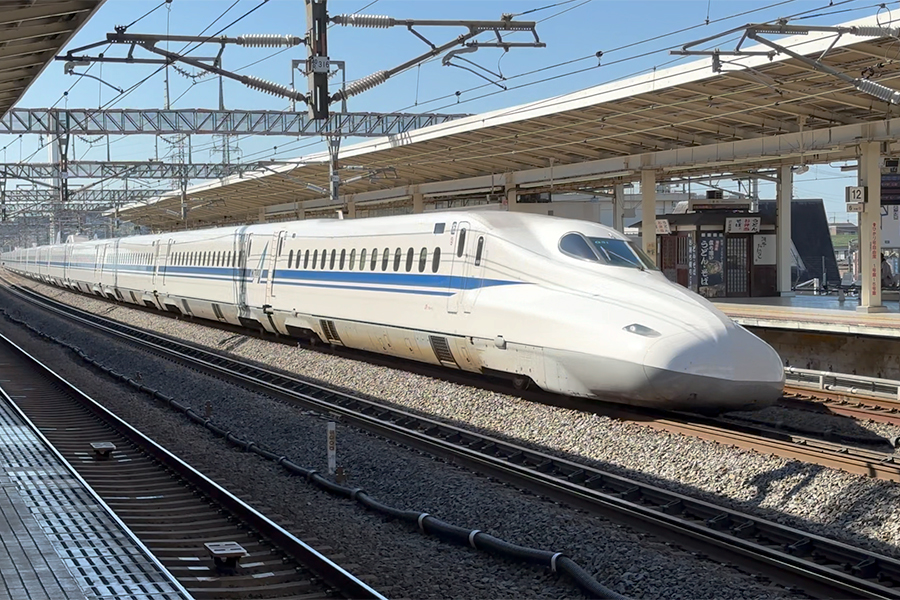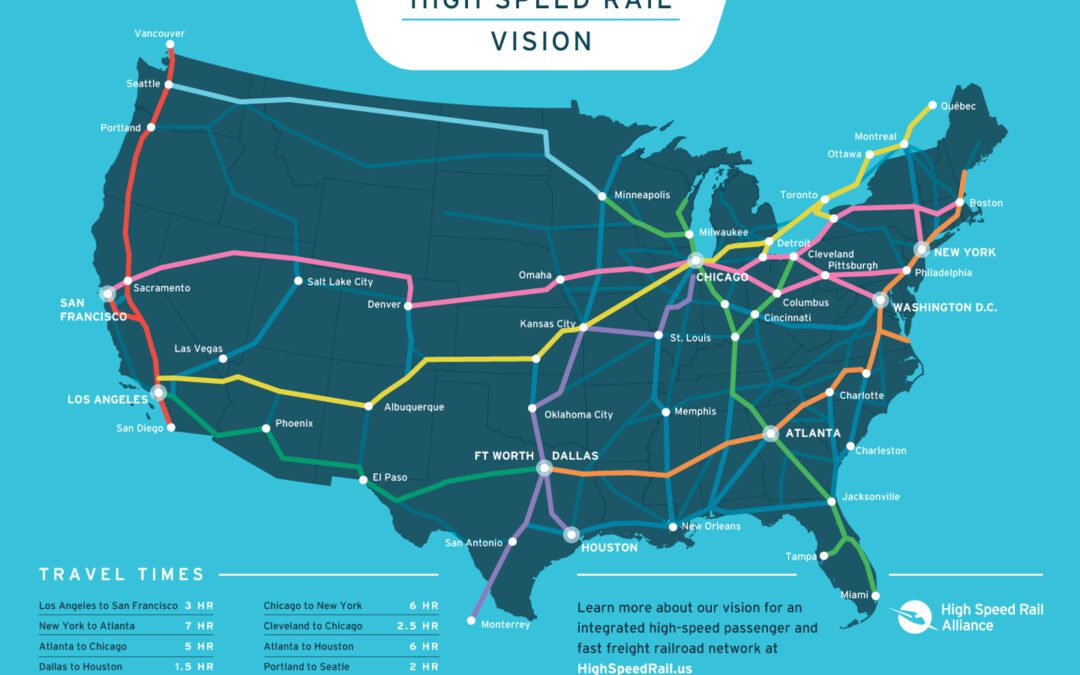Traveling last Friday through Iowa and Illinois, an eastbound Amtrak California Zephyr showed little or no sign of being affected by the CrowdStrike glitch and the cascading computer outages that followed. A morning announcement advised travelers that the café car...
Today is important for three reasons:
- It is the first time trains have been scheduled to go 110 mph on a Class 1 railroad. (Yes, trains went faster to make up time before speed limits were enforced.)
- It sets a precedent for how states and railroads can partner on a fast railroad.
- It creates a path for approving I-ETMS, the standard safety system on America’s railroads, for faster trains.
Plus, the corridor was in horrible shape before this project. Today it’s a world-class railroad. So, the Chicago – St. Louis Corridor Project is paying big dividends.
Obviously, this is just a fraction of what needs done. It’s urgent that the U.S. gets moving on a big, bold expansion program. That means:
- This corridor and many others across the country need to be double-tracked to support regional rail—i.e, fast, high-frequency trains on memory schedules.
- Production of high-performance trainsets needs to be ramped up.
- Massive investments are needed to untangle the Chicago Hub.
We also need to get moving on designing and building new high-speed lines. Tens of thousands of miles of new, high-speed line have opened around the world since this project started. Several in China go 220 mph—twice as fast as Chicago – St. Louis trains.
Our leaders need to hear our demand for fast, frequent, and affordable trains. The stakes are high. We can’t delay.
Please help us get the word out by joining today.
Join us to help accelerate progress
Today, we rode the first, 110-mph train bound for St. Louis.
Amtrak, IDOT, and the Union Pacific did a “soft launch” of full-speed service in the Chicago – St. Louis Corridor. (They will change the schedules to reflect the new travel times in a month or two.)
We need to celebrate this major milestone while recognizing that the pace of progress is way too slow.
Passing traffic on I-55 on the Chicago – St. Louis Corridor.
The Latest from HSRA
Our Latest Blog Posts
Check out the latest news, updates, and high speed rail insights from our blog!
The Latest from HSRA
Our Latest Blog Posts
Check out the latest news, updates, and high speed rail insights from our blog!





